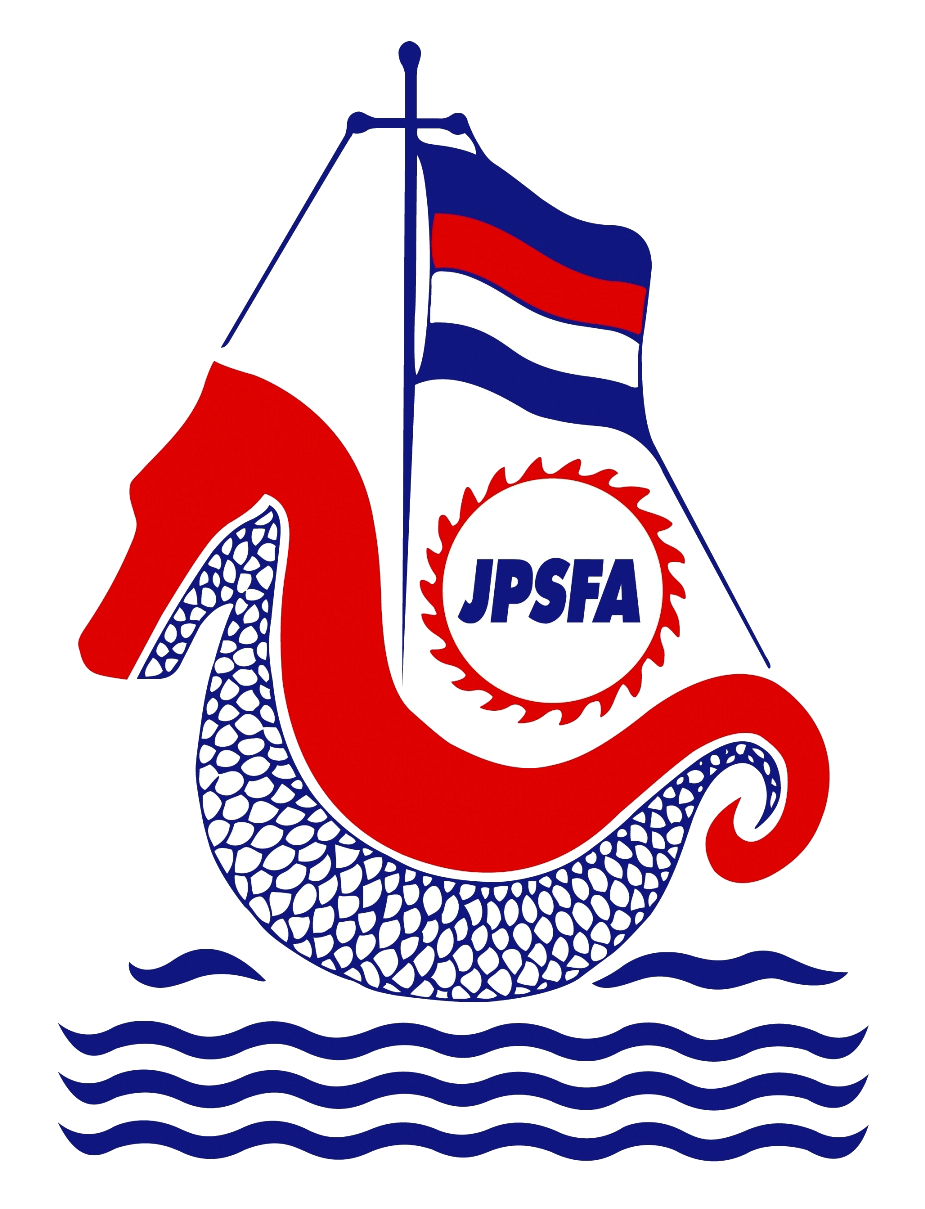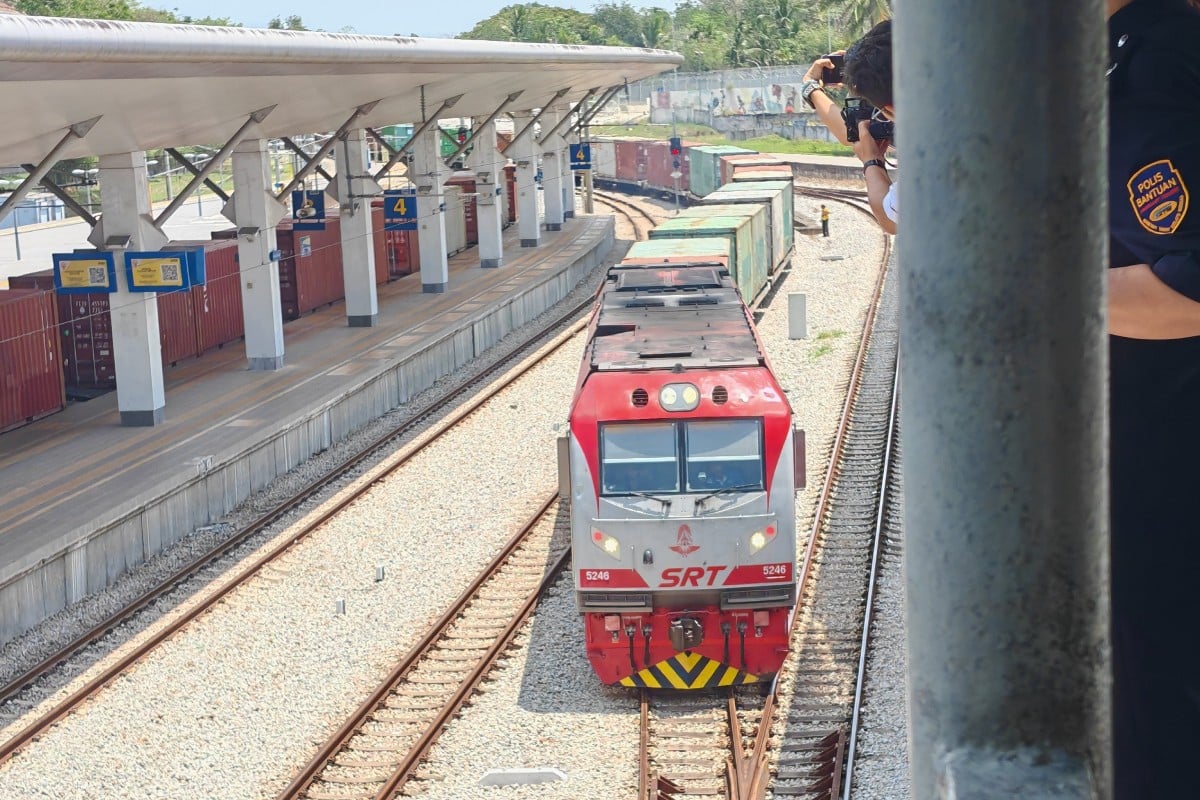Perlis Inland Port aims to offer Southeast Asia a viable land-based trade alternative to the instability of current shipping routes
A sprawling inland port under construction in Malaysia’s northern state of Perlis is being touted as a game-changer for global trade.
Positioned as the linchpin of a new Europe-to-Asia rail corridor, the Perlis Inland Port could offer exporters a vital alternative to disrupted shipping routes, as the fallout from the Russia-Ukraine and Gaza conflicts continues to upend trade.
The project, spearheaded by Mutiara Perlis at a cost of 492 million ringgit (US$111 million), aims to transform Perlis into a key node in a burgeoning rail logistics network connecting Europe, Southeast Asia and China. For a region long reliant on shipping, rail freight could spell faster, more reliable delivery – provided the right infrastructure falls into place.
Over the past two years, Malaysia has stepped up its efforts to develop a Pan-Asian rail network, a long-delayed vision that would link Singapore to Kunming in western China. The initiative, designed to boost overland freight transport, is geared towards meeting the growing demand for goods such as rubber, palm oil and halal products in landlocked parts of Asia.
The proposed network envisions a rail artery running from Singapore through Malaysia, Thailand and Laos, before reaching China. Branching routes would extend east to Vietnam and Cambodia, and west to Myanmar and India.
But port developer Mutiara Perlis sees even greater potential: extending the network north to Xian, where it could connect with elements of China’s Belt and Road Initiative and the EU-backed Transport Corridor Europe-Caucasus-Asia (Traceca), a decades-old programme linking Europe with Central Asia.
“The real incentive started with the Ukraine war and later the war in Gaza, which have severely disrupted shipping,” said Abbas Hyder Bilgrami, group chief strategy officer of Mutiara Perlis.
Full speed ahead?
Trade between Europe and China via railway networks reached US$516.5 billion last year, a 3 per cent increase from the previous year, according to Chinese government figures.
Much of this was driven by Chinese exports, with more than 330,000 standard shipping containers – measured in twenty-foot equivalent units (TEU) – of goods shipped westwards. Return trips, however, remain lopsided, with fewer than 50,000 TEUs sent back from Europe, European Rail Alliance data showed.
To succeed, Mutiara Perlis executives say the new rail link must persuade European manufacturers to use the service for deliveries to Southeast Asia.
“Return cargo [to China] is critical. China may not use a lot of European goods but we certainly do,” Abbas said.
Rail offers speed advantages over shipping for certain industries. Shipments from Hamburg to Shanghai, for example, take at least 40 days by sea. By rail, the same journey could be slashed to just 21 days, according to Wan Ahmad Zaheed Wan Mohamad, Mutiara Perlis’ group managing director and chief executive.
“For European exporters, the attractiveness of this rail corridor will depend on whether it delivers a compelling mix of speed, cost, and reliability compared to traditional sea and air options,” said Kevin Parkerson of US-based KP Global Logistics Consulting.
“Sectors with time-sensitive shipments, such as electronics and perishables, may benefit the most.”
But the road – or rather, the track – to creating a seamless Europe-Southeast Asia rail corridor is fraught with hurdles. Rail development across Southeast Asia is uneven as some nations are stuck with outdated infrastructure. Gauge differences – the varying widths of railway tracks – are a particular headache.
“One of the problems is gauge difference,” said transport economist G. Naidu. “Thailand is going to modernise its railways and upgrade to standard gauge, but when Malaysia updated its railway network, it continued to use the [smaller] metre gauge.” This mismatch could force costly transshipments at border crossings.
Regulatory coordination poses another challenge. Malaysia’s Transport Minister Anthony Loke has emphasised the need for cross-border cooperation with Thailand and Laos to streamline customs and regulatory approvals. Without such coordination, the transit of goods could face delays, undermining rail’s value proposition of speed.
Malaysia will also need to to demonstrate sufficient demand for European exporters to consider rail freight for shipments to Southeast Asia, while navigating testy geopolitics along the route, according to global logistics firm Dimerco.
“The main rail route passes through Russia, and ongoing conflicts could disrupt trade. Russia also controls which goods can move through its territory, so businesses must check with their logistics providers to ensure compliance with trade regulations,” it said in a statement.
But there are signs of progress. Last October, an Asean Express goods train from Hanoi delivered automotive electronics to Chongqing, where cargo was transferred to another locomotive bound for Poland. Malaysia launched its own Asean Express in June, successfully completing a round trip to Chongqing carrying electronics equipment.
A window of opportunity
Perlis Inland Port’s first phase is scheduled for completion in July, with an annual capacity of 300,000 TEUs, catering mainly to exporters in southern Thailand. These shipments, primarily rubber, will transit through Penang, the nearest port for southern Thai exporters.
Future expansion plans are already in motion. Phase two, expected to begin in 2026, would double capacity to 600,000 containers. The final phase, a timeline for which has yet to be scheduled, would push capacity to 1 million containers annually, allowing the port to handle shipments from both Europe and China.
Mutiara Perlis envisions the port as Malaysia’s centre for rail freight, consolidating cargo from industrial hubs such as Penang, Selangor and Johor, as well as from Sumatra across the Malacca Strait.
“People have questioned why we are even pursuing this, but if we want to be part of this, we have to start somewhere,” Wan Ahmad Zaheed said.
“The last decade proved that we can link Asia with Europe [via rail]. The next decade will be about adding capacity, and we think it can be very competitive.”
Shipping still dominates Europe-Asia trade for now, with 17.1 million TEUs moved by sea over the first nine months of 2024, according to industry analysis firm Container Trade Statistics. But the disruptions caused by geopolitical conflicts have laid bare the vulnerabilities of maritime routes – and opened a window of opportunity for rail.
“You can see there is a lot of cargo moving by rail from China to western Europe now, which was inconceivable just a few years ago,” transport economist Naidu said.
“It’s now becoming quite viable and is rising as a competitor to maritime transport.”

